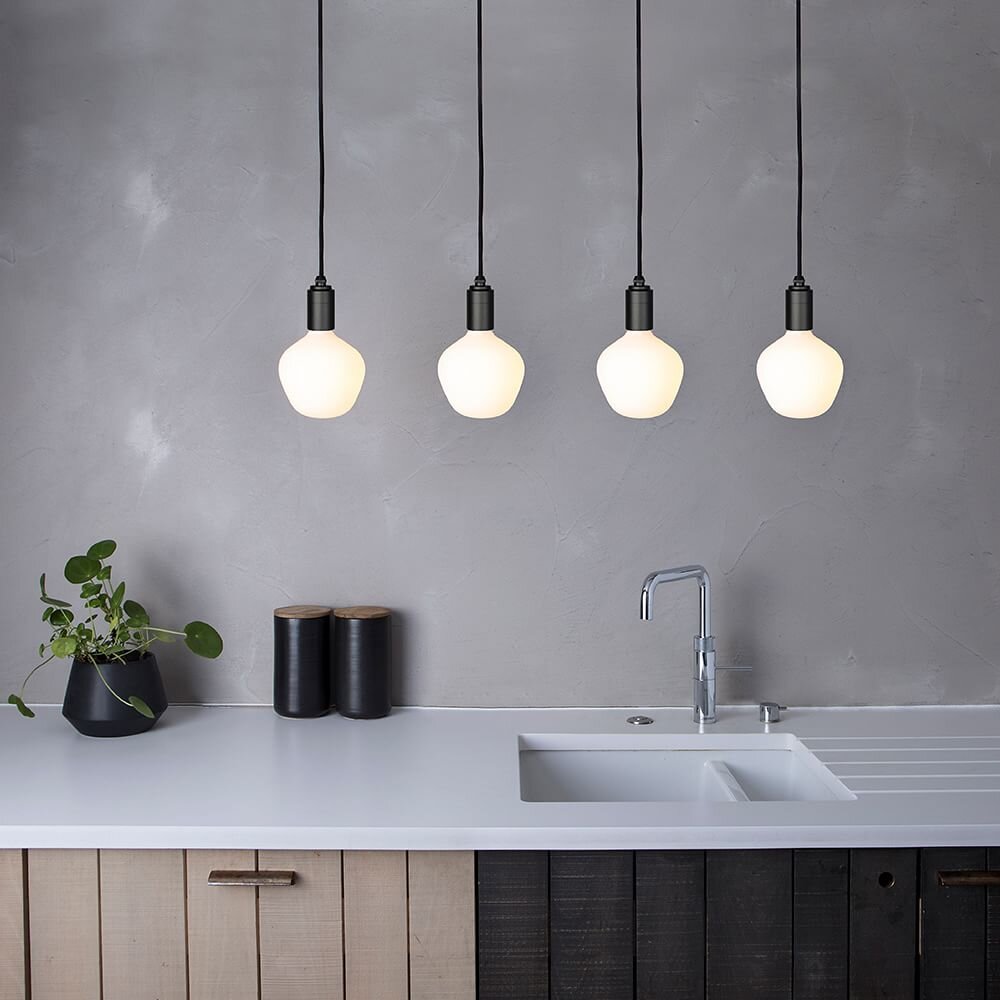A fresh coat of paint is a great way to update a room, but choosing a paint color can feel a little overwhelming. It’s more than just picking a color that you like. There’s a lot to consider, like what will work with your existing decor and what feeling you want the room to have. Even if you land on a certain color, it comes in so many shades and tones how do you know which one will work best?
One thing that’s easy to overlook, but is very important to consider when selecting a paint color is lighting. Light has an effect on how we see and perceive color. For example, the color you love in the paint store will look different on your walls. So you’ll want to think about how the lighting in your home, both natural and artificial, will affect the paint colors you choose.
Read our guide below to learn more.
The Effect of Natural Light on Color
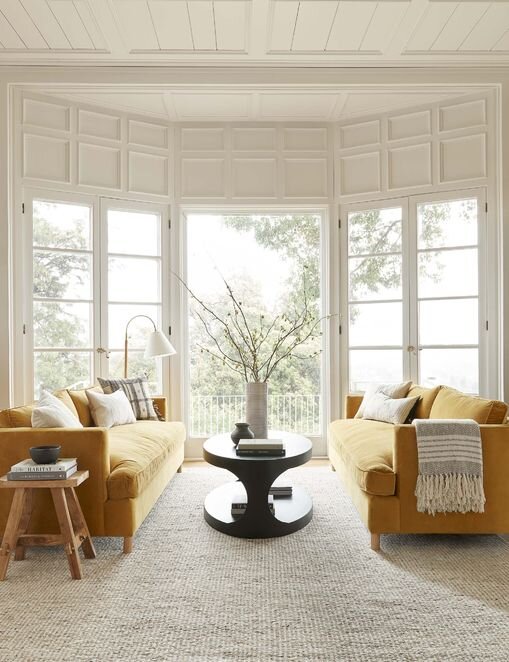
Sunlight provides the truest representation of color. So when thinking about how the natural light in your home will affect the color of paint you choose, consider the size and number of windows in your space. You’ll also want to think about the direction the windows are facing as the positioning of the windows in relation to the sun will also impact the type of light brought in. Below is an overview:
Northern facing – These windows bring in indirect light, which provides a soft tone that’s fairly regular over the course of the day. Dark colors appear darker and light colors are more subdued.
Southern facing – The most intense light is brought in by these windows, which highlights cool and warm colors. Pale and soft colors will be more striking, while darker colors appear brighter.
East facing: These windows bring in a lot of natural light in the morning, but less later in the day. This means the light is warmer early in the day and then bluer in the afternoon. Darker colors are bright and intense in the morning and then duller in the evening.
West facing: Having the opposite effect, these windows bring in less light in the morning and let in more light in the afternoon. The evening light is gold and warm, while the morning light can cause shadows making lighter colors look dull.
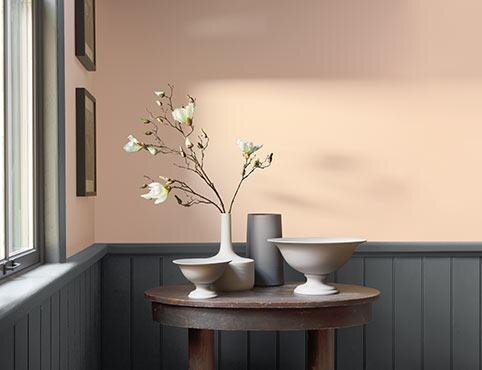
The Effect of Artificial Light on Color
Along with windows and sources of natural light in your home, you’ll also want to think about artificial lighting and how it will affect your paint color.
One way to think about it is light color temperature, which is measured in Kelvins. Normal household bulbs are rated from 2,700K to 5,000K. The higher the rating the more likely the bulb will produce a truer color. Or in other words, a 5,000K bulb is similar to natural daylight. Lower temperature bulbs produce warmer light tones and higher temperature bulbs emit cooler tones.
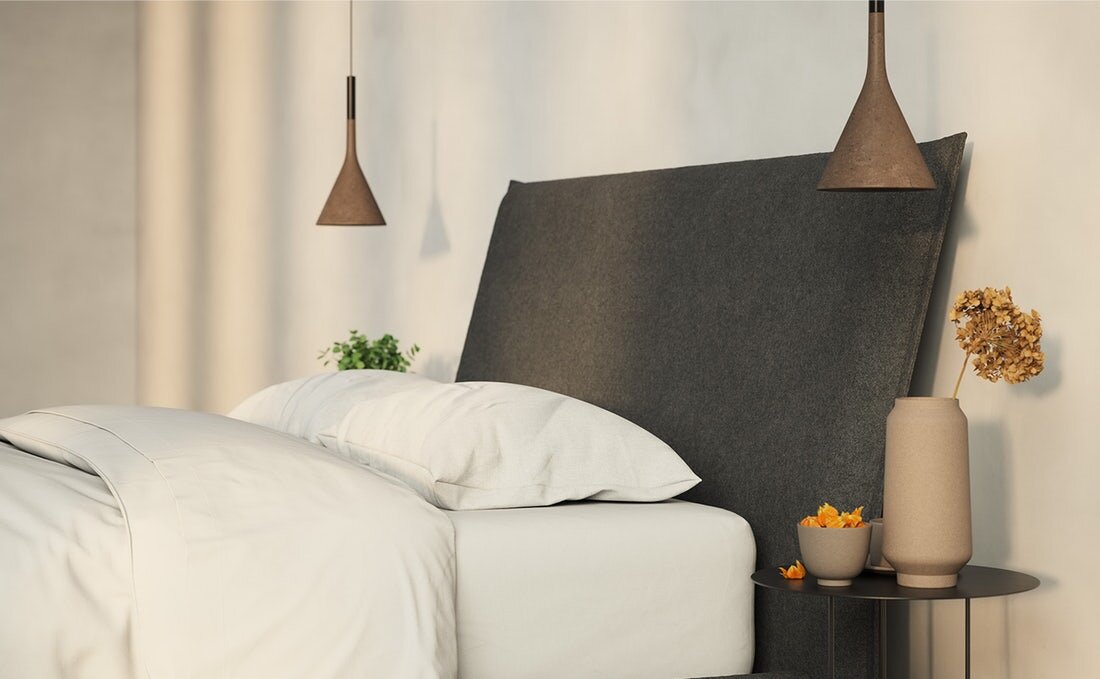
Below are some common types of bulbs to consider:
Incandescents – These bulbs produce a warm, yellow-amber light, which makes oranges, reds, and yellows more vivid while making greens and blues more muted.
Halogens: Producing a white light that resembles natural light, these bulbs make all colors look more intense.
Fluorescents – These bulbs emit a cool light which makes blues and greens look more vivid.
Light-emitting diodes (LEDs): Come in warmer or cooler options. There are even “smart” LED bulbs, which let you control the color wirelessly.
Compact fluorescent lights (CFLs): CFLs can release a warm white, neutral, or bluish-white light.
How Do You Select Colors While Keeping Light Conditions in Mind?
So with all this information, you may be wondering how to go about choosing a paint color.
Never select a paint color solely by an online photo, or by the sample in a paint store, or even from looking at a color swatch in your home.
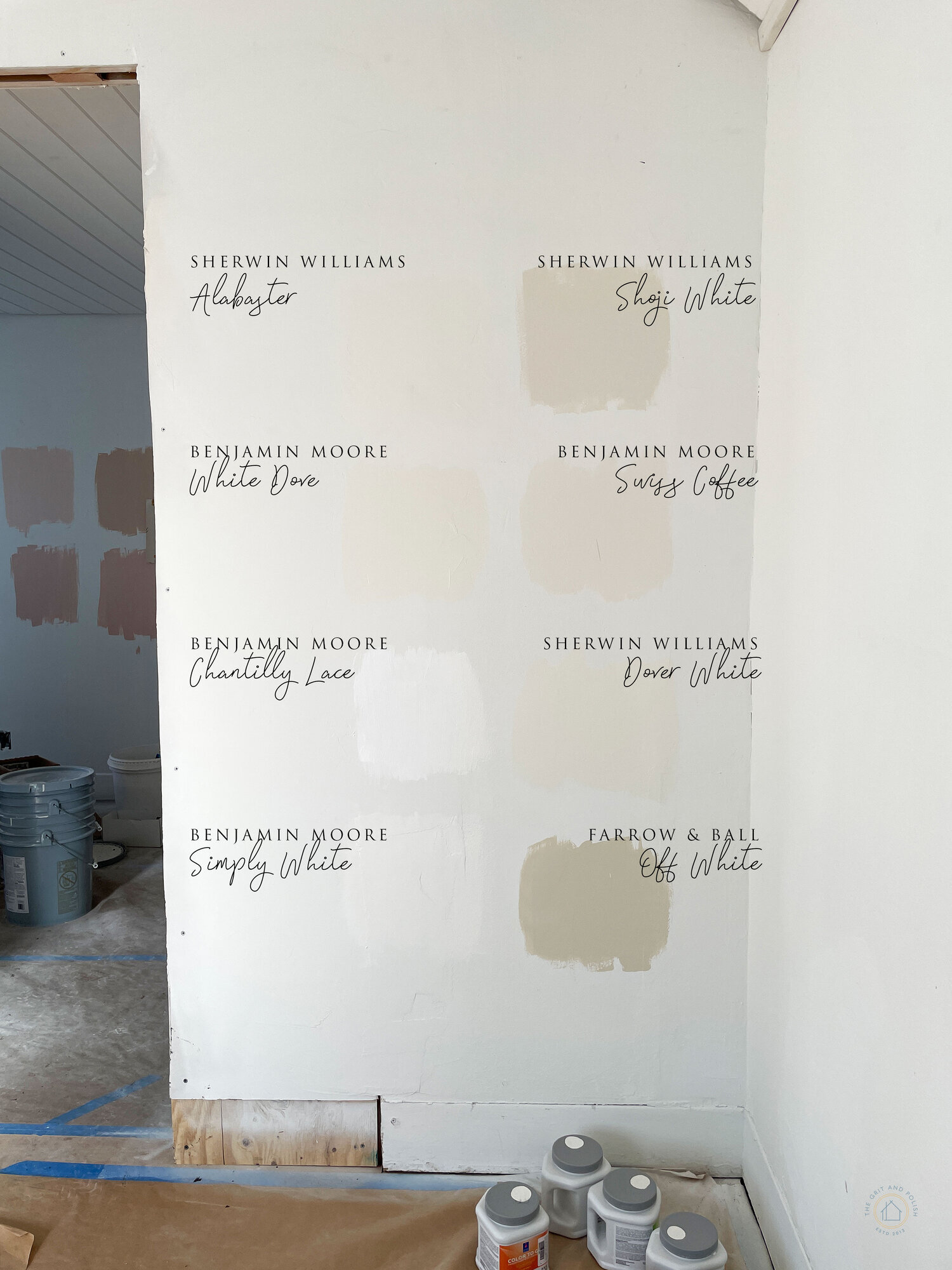
Before you commit to color It’s important to buy paint samples before purchasing larger quantities. You can then test the color(s) on your walls see how it looks in different lighting and throughout different times of day. We recommend painting test patches in the evening, so they dry overnight and then you can see how they look the following day.
If you’re painting and testing in an empty room, keep in mind that the furniture and decor will have an effect on the final color as well. For example, light-colored walls can reflect the colors of bold rugs.
Maybe you’ve found a color you like, but there are times in the day when it appears a little off. If that’s the case you may be able to fix this by changing the lighting in that room. Think about different window treatments or adding other light sources from overhead lighting, to table lighting.
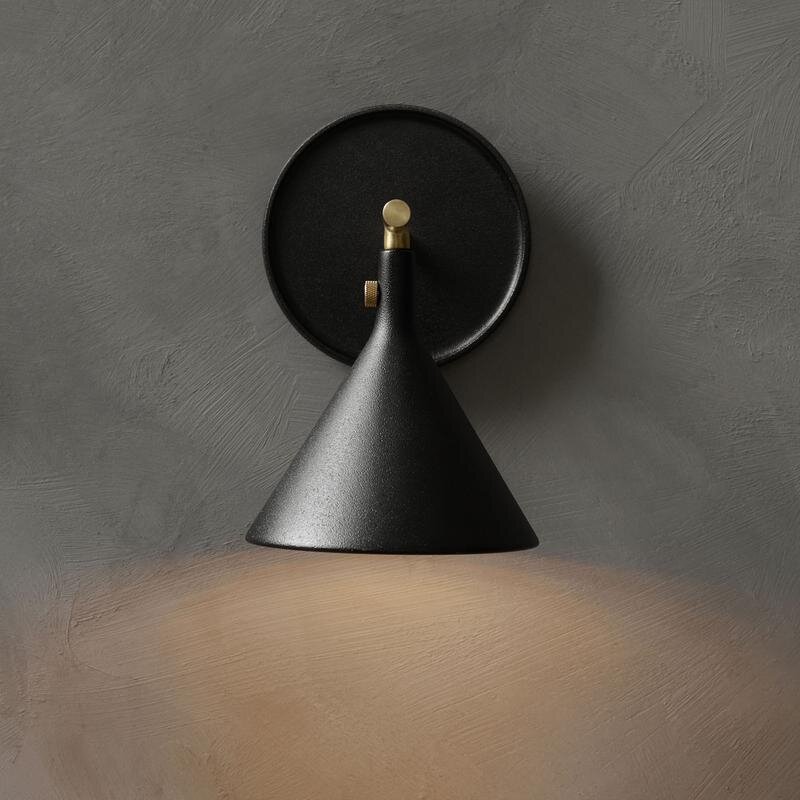
Check out the AHG Shop and our collection of stunning table lamps and sconces.
The sheen of the paint also impacts color. Glossy finishes tend to reflect light, while flat finishes are less reflective and allow colors to look truer under bright light.
